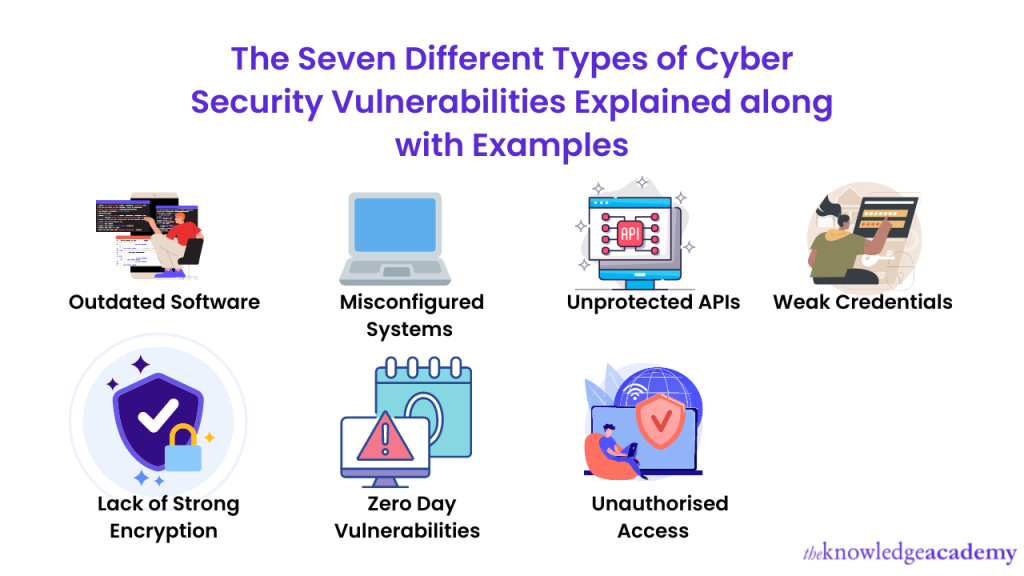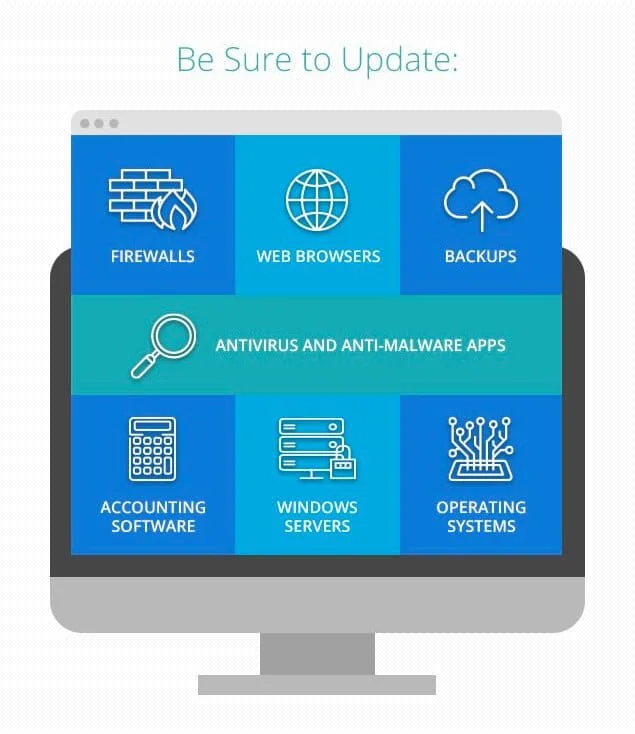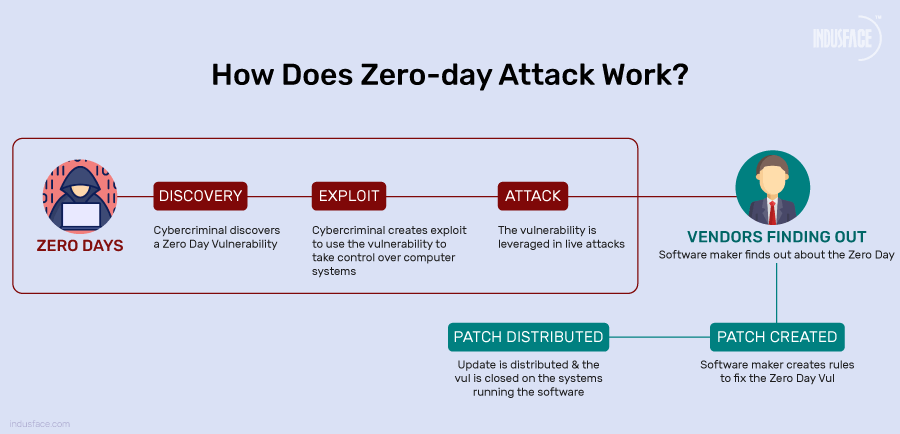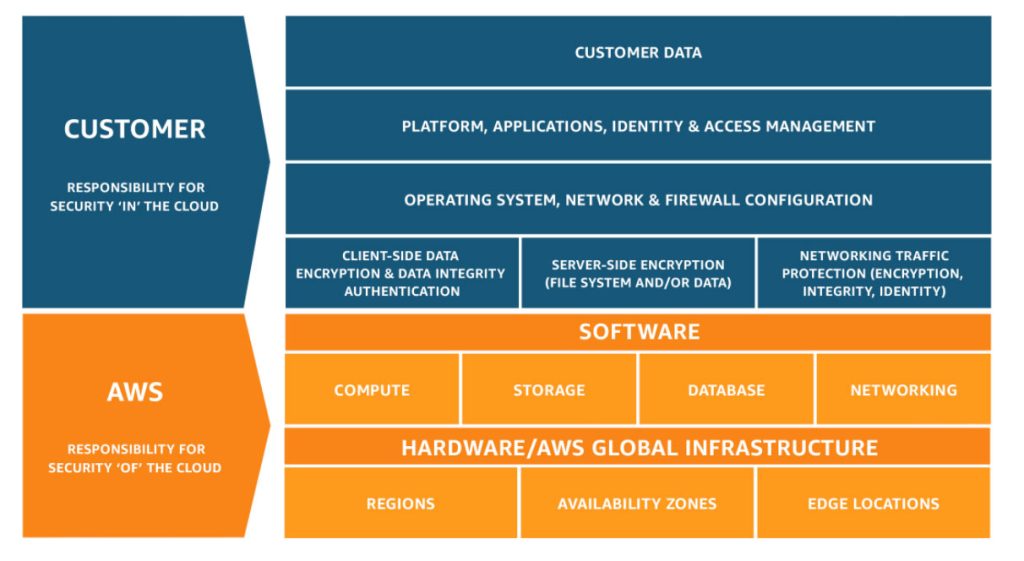
Cyber vulnerabilities pose a risk to ICT infrastracture including cloud services, mobile devices and IoT.
Below is a list of leading
Misconfiguration
This is one of the leading threats in cloud and application security.This occur when settings are not well defined.
This happens in the set up of the of the infrastructure eg a poorly configured cloud database .
Some of the common examples include:
- Default settings and credentials
- Open attack pathways
- Exposing sensitive data
Unsecured APIs

Application Programming Interfaces are essential for integration of different systems and services.
Unsecured APIs can be exploited by attackers to gain unauthorized access to disrupt service operations.
One of the primary reasons why unsecured APIs pose a significant security risk is their inherent exposure of sensitive data. APIs often handle a wealth of confidential information, including user credentials, personal identifiable information (PII), financial data, and proprietary business data. Without proper authentication and authorization mechanisms in place, unauthorized users can potentially gain access to this sensitive information through unsecured APIs.
Moreover, unsecured APIs lack adequate encryption mechanisms to protect data transmission over networks. This leaves data vulnerable to interception and eavesdropping by malicious actors, especially when transmitted over unsecured or public networks. Without encryption, sensitive data can be easily compromised, leading to breaches of confidentiality and privacy violations.
Another common vulnerability associated with unsecured APIs is insufficient access controls. APIs that do not implement proper access control mechanisms may grant excessive privileges to users, allowing them to perform unauthorized actions or access restricted resources. Inadequate access controls can lead to data manipulation, service disruption, and even complete system compromise in the hands of malicious actors.
Outdated Software

Outdated systems may lack modern security features such as two-factor authentication, which can make it easier for attackers to gain access to sensitive information. They may also lack modern security tools such as intrusion detection and prevention systems, firewalls, and antivirus software, which can help detect and prevent attacks.
Examples of Attacks Targeting Outdated Operating Systems
WannaCry Ransomware
One of the most significant attacks targeting outdated operating systems was the WannaCry ransomware attack in 2017. This attack exploited a vulnerability in the Windows operating system that had been patched by Microsoft several months prior, but many organizations had not installed the update. The attack spread rapidly across the globe, infecting hundreds of thousands of systems and causing widespread disruption and financial losses.
Heartbleed Bug
The Heartbleed bug was a vulnerability in the OpenSSL encryption library that affected many operating systems, including Linux and Windows. This vulnerability allowed attackers to steal sensitive information, including passwords and encryption keys, from systems that were running outdated versions of OpenSSL.
Apache Struts Vulnerability
In 2017, Equifax suffered a massive data breach that exposed the personal information of millions of customers. The attack was made possible by a vulnerability in the Apache Struts web framework, which was running on an outdated version of the Equifax server. The vulnerability had been patched several months prior, but the company had not installed the update.
Stuxnet Worm
The Stuxnet worm was a sophisticated malware attack that targeted industrial control systems running on outdated versions of the Windows operating system. The attack was believed to have been carried out by a nation-state actor and was designed to disrupt Iran’s nuclear program. The attack spread across multiple systems, causing physical damage to centrifuges and other critical infrastructure.
Mirai Botnet
The Mirai botnet was a network of compromised Internet of Things (IoT) devices that was used to launch a massive distributed denial-of-service (DDoS) attack in 2016. The attack targeted a domain name service provider and brought down popular websites such as Twitter and Netflix. The Mirai botnet was made possible by vulnerabilities in outdated firmware and operating systems that were running on the compromised devices.
These are just a few examples of the types of attacks that can target outdated operating systems. It’s important for individuals and organizations to stay vigilant and keep their systems up-to-date to protect against emerging threats and vulnerabilities.
Zero Day Vulnerability
A zero-day vulnerability is a software vulnerability discovered by attackers before the vendor has become aware of it.

Examples of Latest Zero-day Attacks and Exploits
1. MOVEit Transfer Zero-Day Attack (CVE-2023–42793)
Disclosure Date: May 2023
Vulnerability Type: Remote Code Execution (RCE) Attack, Authentication Bypass
A Russian ransomware ring exploited a zero-day vulnerability in MOVEit Transfer, a managed file transfer software. The flaw, discovered through a SQL injection issue, allowed attackers to execute ransomware attacks on hundreds of organizations, including government agencies, universities, banks, and significant health networks.
This attack underscored the widespread impact of zero-day vulnerabilities, affecting any organization using the vulnerable software.
2. JetBrains TeamCity CVE-2023-42793 Authentication Bypass Vulnerability
Disclosure Date: September 20, 2023
Vulnerability Type: Authentication Bypass, RCE
JetBrains disclosed CVE-2023-42793, a critical authentication bypass vulnerability in their TeamCity CI/CD server on-premises instances. Exploiting this vulnerability allows an unauthenticated attacker with HTTP(S) access to perform a remote code execution attack, potentially gaining server administrative control.
Threat intelligence companies GreyNoise and PRODAFT reported that multiple attackers began exploiting this critical authentication bypass flaw just days after it was disclosed.
3. Cytrox Zero-Day Exploit Sales
Cytrox, a commercial surveillance company, was exposed for selling zero-day exploits to government-backed actors. Research by Meta, investigative journalists, and other researchers revealed that Cytrox engaged in indiscriminate targeting, including journalists, dissidents, opposition and human rights activists, and critics of authoritarian regimes.
This revelation sheds light on the clandestine trade of zero-day exploits and its potential impact on individuals and organizations worldwide
Other Notable Zero-Day Vulnerabilities
- Apache OFBiz 0-day AuthBiz (CVE-2023-49070 and CVE-2023-51467)
- Ivanti EPMM zero-day vulnerability
- Apache Web Server Path Traversal and File Disclosure Vulnerability (CVE-2021-41773)
Who Discovers Zero Day Vulnerability?
Zero-day vulnerabilities can be discovered by various entities, including:
Independent Security Researchers: Individual researchers or groups often uncover zero-day vulnerabilities through independent efforts, either by analyzing the software code, conducting security assessments, or participating in bug bounty programs.
Security Companies: Dedicated cybersecurity firms and companies specializing in vulnerability research actively search for zero-day vulnerabilities as part of their security research efforts. These companies may discover vulnerabilities through automated scanning, manual code analysis, or targeted research.
Government Agencies: Government agencies, particularly those involved in intelligence and national security, may discover zero-day vulnerabilities through their own research and monitoring activities. These vulnerabilities may be used for defensive purposes or exploited in offensive cyber operations.
Hackers and Cybercriminals: Unfortunately, malicious actors also play a role in discovering zero-day vulnerabilities. Some hackers and cybercriminals actively search for vulnerabilities to exploit for personal gain, such as financial profit, espionage, or sabotage.
Bug Bounty Programs: Many software vendors and technology companies run bug bounty programs that incentivize security researchers to report vulnerabilities they discover. These programs offer rewards, such as cash prizes or recognition, for responsibly disclosing vulnerabilities, including zero-day issues.
How to Identify Zero-Day Vulnerability?
Vulnerability Scanning
Vulnerability scanning is an essential aspect of cybersecurity, particularly in detecting zero-day attacks. Organizations can proactively identify vulnerabilities by systematically assessing systems and networks for potential weaknesses, including those previously unknown to software vendors.
This proactive approach enables early detection and mitigation of 0-day threats, allowing organizations to prioritize patches and security updates to prevent exploitation.
Organizations must be quick to act on the results of such a scan because attackers tend to act quite fast on vulnerabilities they find.
Behavioral Anomalies
Monitor network and system behavior for unusual patterns or activities that deviate from normal operations. This includes unexpected network traffic, unusual system resource usage, or unauthorized access attempts.
Signature-less Detection
Implement advanced threat detection techniques, such as anomaly detection and machine learning algorithms, that can identify suspicious behavior without relying on known attack signatures.
Threat Intelligence
Leverage threat intelligence feeds and information-sharing communities to stay informed about emerging threats and zero-day vulnerabilities. Proactively monitor for indicators of compromise (IOCs) associated with zero-day attacks and take appropriate action to defend against them.
Sandboxing and Emulation
Employ sandboxing and emulation techniques to analyze suspicious files or executables in isolated environments. By observing the behavior of these files in a controlled setting, you can identify potential zero-day exploits before they can cause harm.
User Behavior Analytics (UBA)
Monitor user activity and access patterns to detect abnormal behavior or unauthorized access attempts. UBA solutions can identify anomalies that may indicate the presence of a zero-day attack, such as unusual login locations or privilege escalation attempts.
Continuous Monitoring and Incident Response
Implement robust monitoring practices and incident response procedures to detect, investigate, and mitigate zero-day attacks in a timely manner. Regular security audits, penetration testing, and tabletop exercises can help prepare organizations to respond effectively to zero-day threats.
How to Protect from Zero-Day Attacks?
Here are best practices to protect your systems from 0-day attacks and enhance your zero-day protection:
Stay Up to Date
Ensure your software, operating systems, and applications are regularly updated to the latest versions. Vendors regularly release patches to fix known vulnerabilities, including zero-day exploits.
Implement Security Patches Quickly
Applying patches quickly whenever vulnerabilities are discovered is very important. It reduces the risk of an attack and sends signals to attackers that the developers are constantly looking to improve security. Efficient patch management depends on software users’ speed of development and applications.
Add virtual patching as part of your patch management strategy. Most WAFs automatically apply virtual patches to the application when vulnerabilities are identified.
Utilize Endpoint Protection
Deploy endpoint protection solutions, such as antivirus software and intrusion detection systems, to detect and prevent malicious activity on individual devices. These solutions can help identify and block zero-day exploits before they can cause harm.
Implement Least Privilege Access
Limit user privileges and access rights to only those necessary for performing job functions. This reduces the impact of potential zero-day attacks by minimizing the attack surface and limiting the scope of compromise, contributing to zero-day protection and mitigation strategies.
Educate Employees
Train employees on cybersecurity best practices, such as identifying phishing emails, avoiding suspicious links and attachments, and reporting security incidents promptly. Zero-day attacks often exploit human error, so awareness training is essential.
Use Network Segmentation
Segment your network into separate zones with different security levels to contain the spread of attacks and limit the impact of breaches. This can help prevent lateral movement by attackers and mitigate the damage caused by zero-day exploits, enhancing overall zero-day mitigation efforts.
Incident Response Plan
Given the financial, operational, and reputational damage that zero-day exploits can have on an organization, it would be advisable to have an incident response plan. The plan should help detect attacks faster, limit the damage, and recover as quickly as possible.
Misunderstanding of Shared Responsibility
The Shared Responsibility Model is a security and compliance framework that outlines the responsibilities of cloud service providers (CSPs) and customers for securing every aspect of the cloud environment, including hardware, infrastructure, endpoints, data, configurations, settings, operating system (OS), network controls and access rights.

Shared Responsibility Model dictates that the cloud provider—such as Amazon Web Service (AWS), Microsoft Azure, or Google Cloud Platform (GCP)—must monitor and respond to security threats related to the cloud itself and its underlying infrastructure. Meanwhile, end users, including individuals and companies, are responsible for protecting data and other assets they store in any cloud environment.
Unfortunately, this notion of shared responsibility can be misunderstood, leading to the assumption that cloud workloads – as well as any applications, data or activity associated with them – are fully protected by the cloud provider. This can result in users unknowingly running workloads in a public cloud that are not fully protected, making them vulnerable to attacks that target the operating system, data or applications.
Leave a Reply